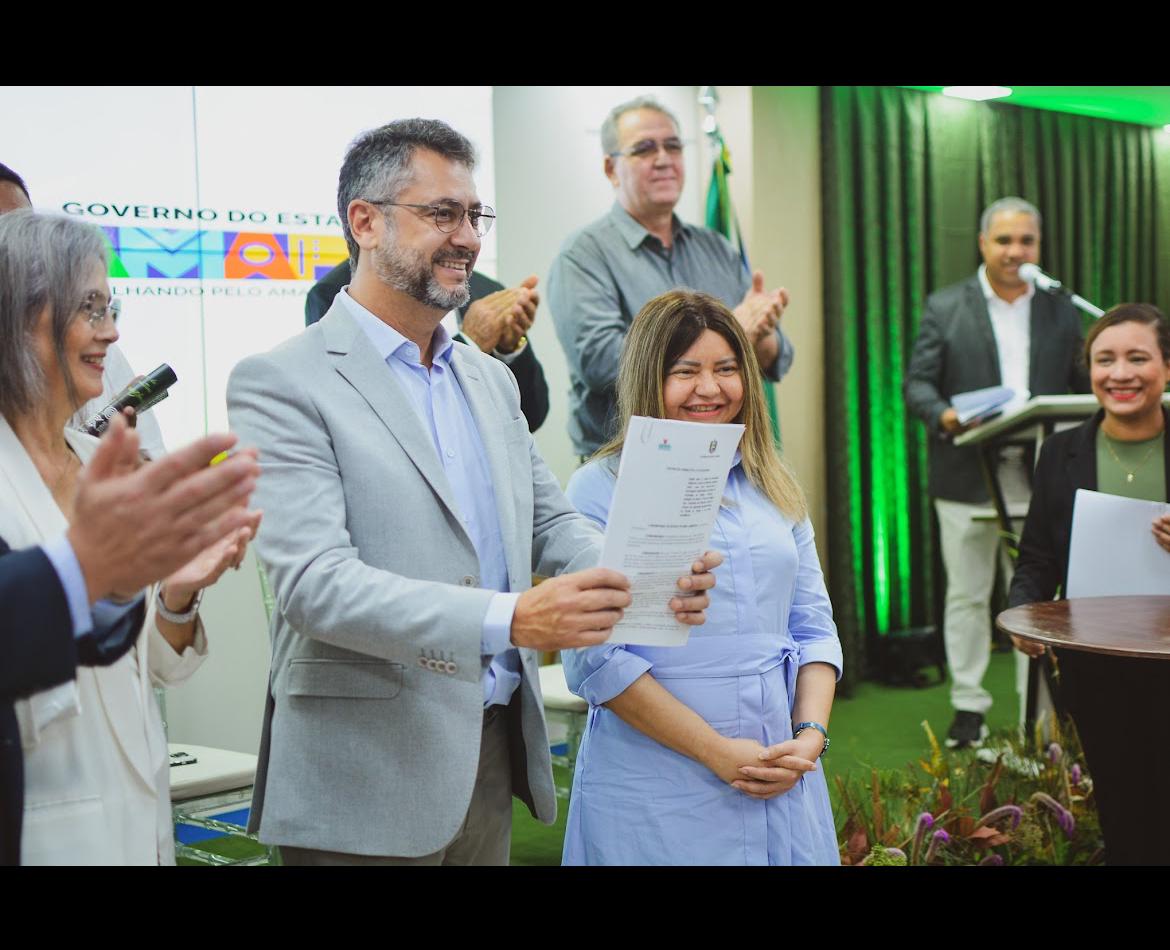Situated in the heart of the Amazon, the state of Amapá stands as a beacon of environmental conservation and innovation in Brazil. Known for its rich biodiversity and strategic location, Amapá is the third-largest producer of açaí in the country, contributing approximately 3% of Brazil’s national production. In 2021 alone, the state produced an impressive 43 thousand tons of this fruit – a value chain that generates up to 100 thousand direct and indirect jobs. Amapá’s commitment to environmental preservation is outstanding, with 70% of its territory under some form of conservation unit.
Governor Clécio Luiz eloquently captured the potential of Amapá’s biodiversity during his World Environment Day speech: “How many other products will still be revealed and improved with systematic scientific research? And what if we could value and remunerate the indigenous peoples for the millennial knowledge they provide us?” This vision underscores the importance of integrating traditional knowledge with modern scientific advancements to unlock the full potential of Amapá’s natural resources.
In line with this vision, the State of Amapá announced the development of the “Plano Estadual de Apoio à Sociobioeconomia do Amapá” (State Plan for Supporting the Sociobioeconomy). This ambitious initiative is being developed with the support of the GCF Task Force, USAID, and the International Center for Tropical Agriculture (CIAT). The objective is to present the finalized plan at the COP 30 conference in Belém in November 2025.

Clécio Luiz, Governor of Amapá, and Taisa Mendonça, Secretary to the Environment, during the launch of the Amapá statewide sociobioeconomy plan. Photo by SECOM
The GCF Task Force has been supporting our networks’ member jurisdictions in bringing the concept of the New Forest Economy to reality. Most recently, the GCF Task Force in Indonesia has organized a regional meeting to discuss the topic with high-level policymakers and partners, as well as conducted participatory workshops in the State of Amazonas, in Brazil, and in Lima, Peru, to make sure the plan follows a bottom-up approach and is in syntony with the territories’ reality.
The State Plan for Supporting the Sociobioeconomy
The bioeconomy plan for Amapá aims to leverage the state’s vast natural resources to drive economic growth while ensuring environmental sustainability. Key components of the plan include:
- Mapping Biodiversity Potential: Conducting a comprehensive survey of the state’s biodiversity to identify and catalog valuable resources such as açaí, Brazil nuts, pirarucu fish, phytotherapeutic products, and cupuaçu.
- Building a Collaborative Vision: Engaging key stakeholders from government, private sector, civil society, and academia to develop a shared vision for the future of Amapá’s bioeconomy.
- Developing a Roadmap: Creating a detailed roadmap to guide the development and implementation of the bioeconomy plan from October 2024 to October 2025.
It is the New Forest Economy!
Amapá’s bioeconomy initiative is a cornerstone of a broader movement towards a new forest economy, which aligns with the Manaus Action Plan. This paradigm shift emphasizes the integration of conservation efforts with sustainable economic development, creating new opportunities for local communities while preserving invaluable ecosystems.
The GCF Task Force’s role in coordinating these efforts ensures that Amapá’s initiatives benefit from a wealth of experience and best practices. This collaborative approach promises to transform Amapá into a model of sustainable development, attracting partners and investors from around the world. As Amapá embarks on this journey, it demonstrates how forest rich regions can achieve economic prosperity without compromising environmental integrity. The state’s approach to bioeconomy not only holds promise for its residents but also offers a blueprint for other regions seeking to balance development with conservation.

